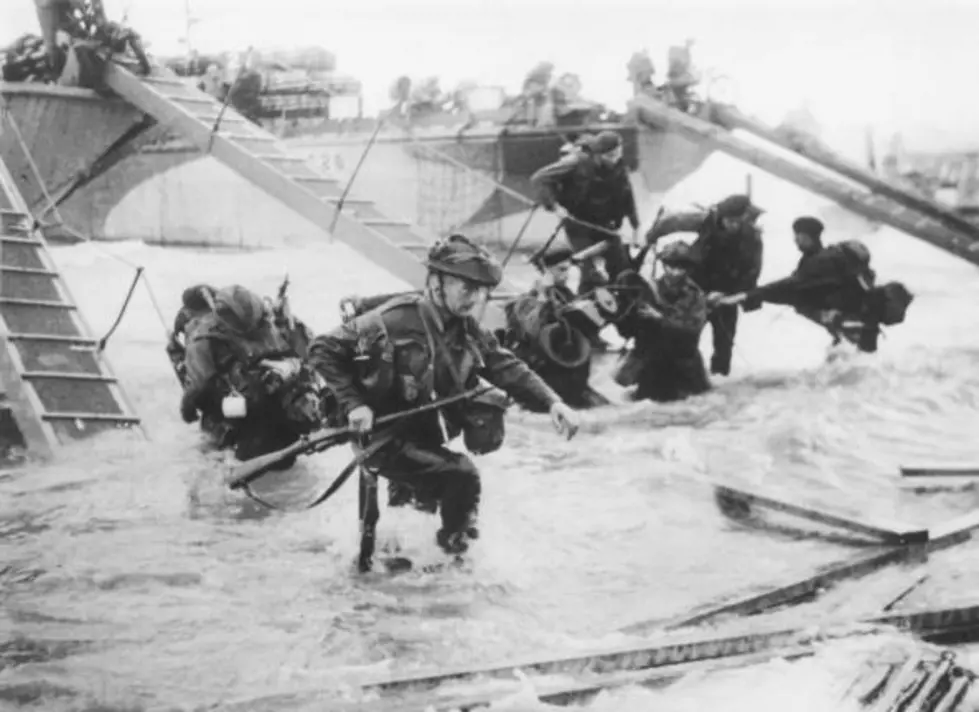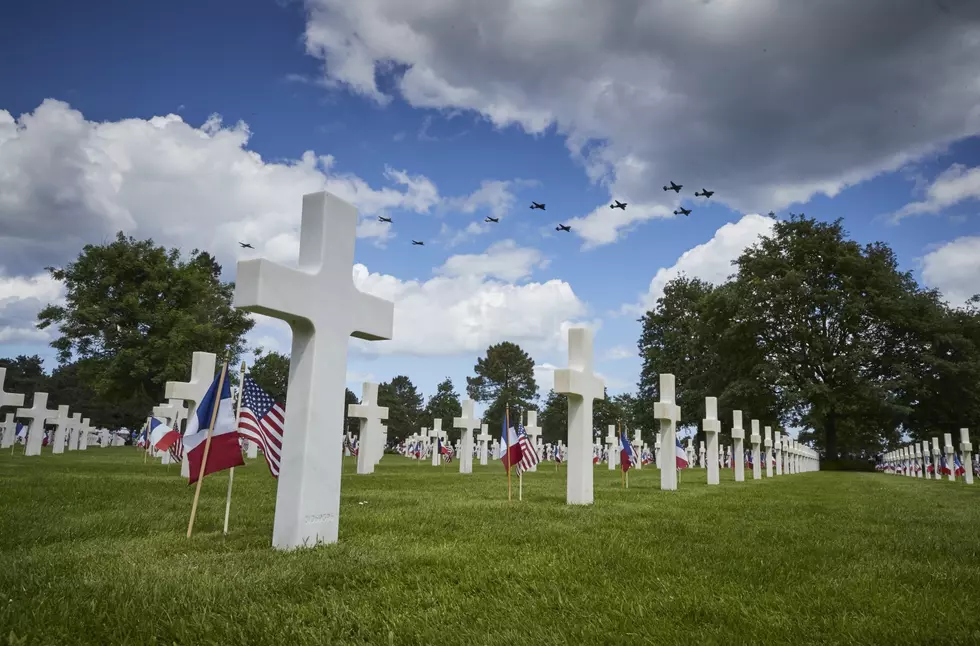
D-Day: The Sixth of June
I was eight months old when 150,000 men landed on the beaches of Normandy, France on June 6, 1944. Most of us know little about this amazing feat of massive coordination, planning, intelligence and most amazing of all the secrecy necessary to carry it all out.
What does the “D” in D-Day Mean?
In World War I the army began using codes for dates and times. “H-hour” and “D-day” designated the start of an exercise or operation. In most cases the hours and dates would be filled in later partly due to secrecy and for planning the mission. Most likely the “D” simply refers to the day of the invasion only verbally rather than in writing or other communications of the day.
Amazing Numbers and D-Day Facts
We think of the giant aircraft carriers and battleships we have today along with ‘smart bombs’ and other destructive ordinance. But in 1944 the bulk of the fighting was on the ground face to face.
Even with all the advanced technology I’m not sure we could pull off another D-day when you consider the following:
- No invading army had crossed the English Channel since the year 1688 and the weather on June 6, 1944 was not all that favorable either but the decision was made to accept the risk.
- The 5,000 ships required for the invasion stretched out of sight.
- 150,000 men and 30,000 vehicles made the crossing.
- 800 planes from nine British airfields carried six parachute regiments consisting of 13,000 men during the invasion.
- Over 300 planes dropped 13,000 bombs on the Normandy Beaches in advance of the ground troops.
- 5,000 tons of Gasoline would be needed for the first 20 days after the invasion and 3,489 long tons of soap would be required in the first four months afterward.
- By sundown on June 6th, 100,000 soldiers made it to shore to secure the coastal villages. Over 9,000 lay dead or wounded.
- To continue the support of the invading allied forces, 20,000 tons of supplies were unloaded daily on Utah and Omaha beach in the weeks following the initial attack.
- Between D-day and Christmas of 1944, 30,000-captured German POW’s were sent to detention camps each month. Thirty-three camps were located in Texas.
Some Final Thoughts
It’s not pleasant to relive these memories year after year but there is no way that the supreme sacrifice of so many simply can be forgotten. The current war on terror also seems to overshadow past wars. Most people only know what they’ve seen in old movies like “The Longest Day.”
D-Day is probably not even mentioned in most American classrooms even when schools are in session on June 6. I would suggest that you take some time today and just appreciate all that you have and how the things we all enjoy were won.
More From KMMS-KPRK 1450 AM





![[POLL] Will You Got Back to Restaurants and Bars When They Open?](http://townsquare.media/site/8/files/2017/04/Adam-Berry.jpg?w=980&q=75)
![[POLL] Should wearing a mask in public be mandatory?](http://townsquare.media/site/8/files/2020/04/GettyImages-1213079528.jpg?w=980&q=75)
![[POLL] Will You Tune Into The Tom and Shane Saturday Show?](http://townsquare.media/site/8/files/2020/04/TomShaneFB.jpg?w=980&q=75)

